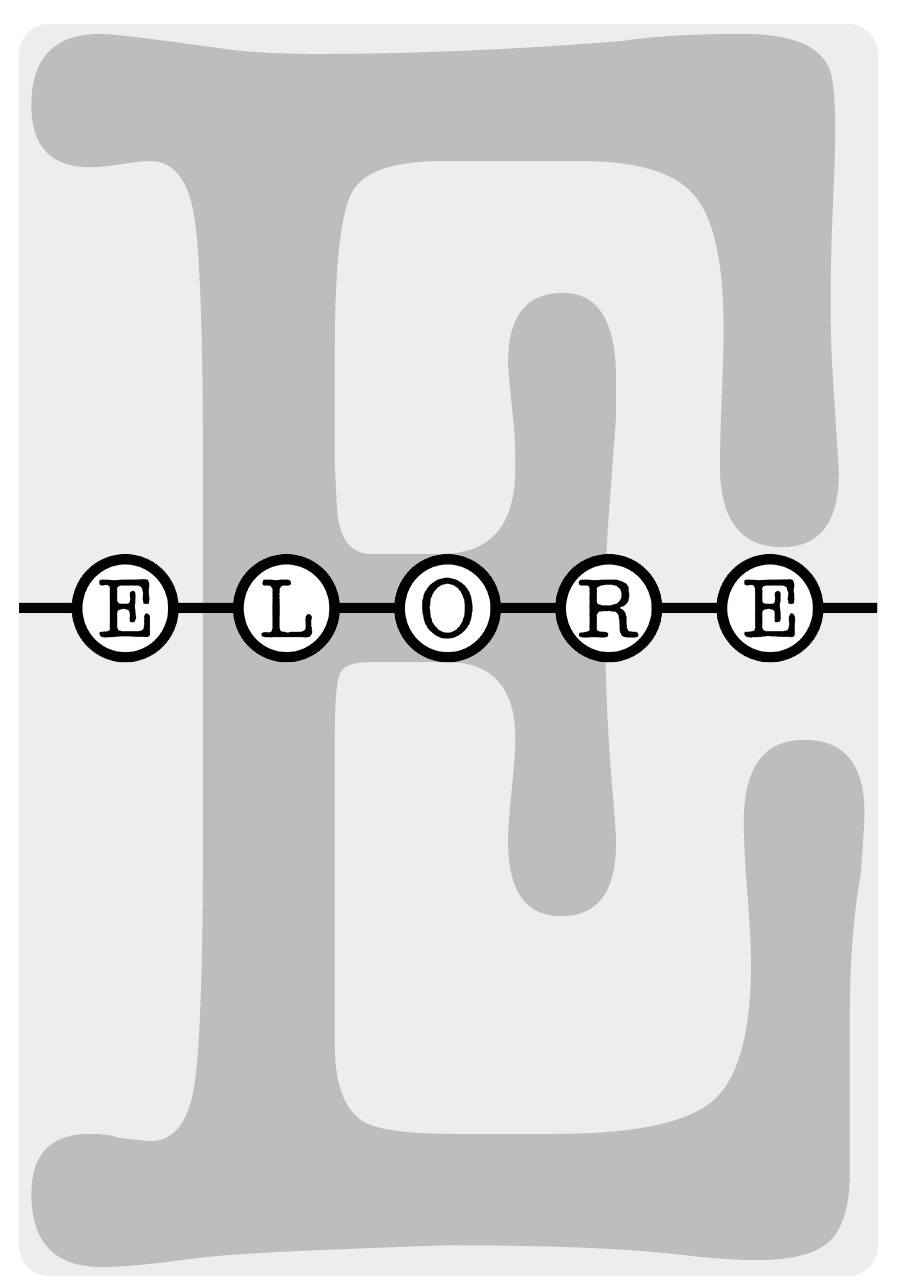Multidimensional tradition - native young people and their construction of indigenousness in Brazilian Amazonia
DOI:
https://doi.org/10.30666/elore.78671Abstract
The article focuses on the Amazonian young natives’ conceptions of cultural traditions. It looks at the way young Manchineri, Apurinã and Cashinahua living in the Acre state, Brazil, ‘operate’ with what they call their cultural traditions and what is its role in their everyday lives. The data used for the analysis consists principally of interview material, but fieldwork methods also involved participant observation, video recordings, photographs and drawings made by these young people. The analysis applies the category of the sacred, as it explains the symbolic limits set in different societies. The results show that corporeal and spatial distinctions of young Indians’ cultural traditions provide the prime means for categorizing behaviour, and for creating and maintaining a traditional system of values as a viable resource for adjusting themselves to the demands of the changing social circumstances. Young Amazonian Indians operate with the dynamism of ‘tradition’, continuously recreating and reinterpreting their indigenous traditions. They have learnt this already in their relation to nature, and presently continue in the relation with the state and non-Indians. For a young native person, ‘tradition’ offers a social and cultural space amid a dominant society. However, tradition represents rather temporal transformations than the state of being.Downloads
Published
How to Cite
Issue
Section
License
The journal follows Diamond Open Access publishing model: the journal does not charge authors and published texts are immediately available on the Journal.fi service for scientific journals. By submitting an article for publication on Elore, the author agrees, as of September 2024, that the work will be published under a CC BY 4.0 licence. Under the licence, others may copy, transmit, distribute and display the copyrighted work and any modified versions of the work based on it only if they attribute the licence, the original publication (link or reference) and the author as the original author. Any modifications made must be acknowledged.
Copyright of the texts remains with the authors, and self-archiving (Green OA) of the published version is allowed. This also applies to texts published before September 2024. The Green OA publication must include Elore's publication details.
The metadata for published articles is licensed under Creative Commons CC0 1.0 Universal.





